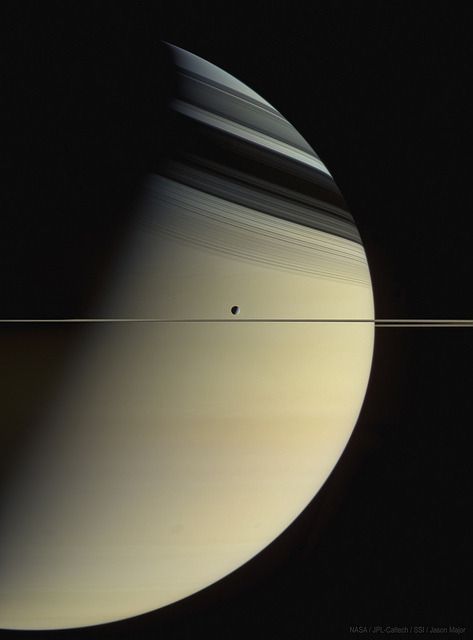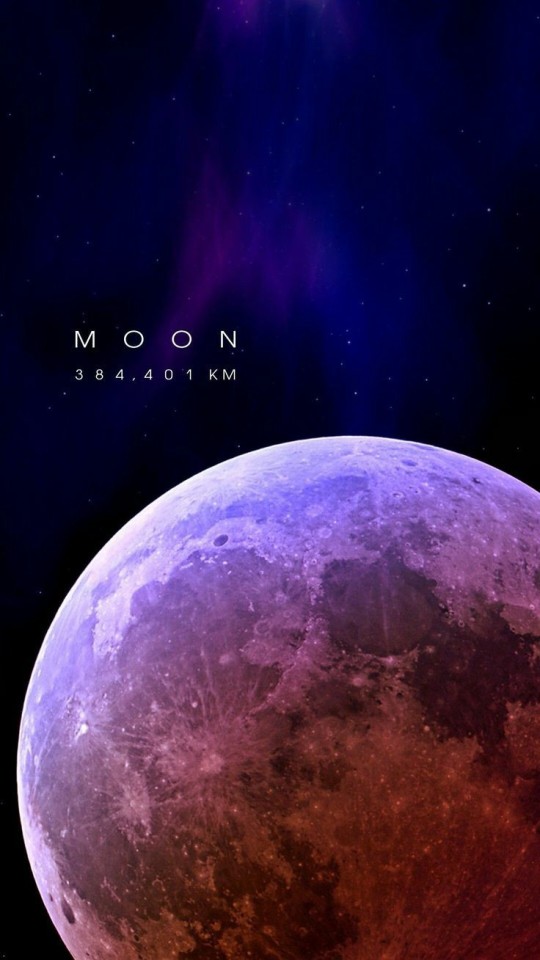Astroworld - Blog Posts


long live NKB astro🚀🙏🏾🏰 my lil brudda airbrushed on da back of my jacket. can’t wait til it get cold again!

Utopia on Mars Image Credit: NASA, The Viking Project, M. Dale-Bannister (Washington University)
Explanation: Expansive Utopia Planitia on Mars is strewn with rocks and boulders in this 1976 image. Constructed from the Viking 2 lander's color and black and white image data, the scene approximates the appearance of the high northern martian plain to the human eye - NASA

Moon over Andromeda
Composite Image Credit & Copyright: Adam Block and Tim Puckett

Saturn and Dione , 2005
credits : NASA
What would you take to the Moon with you?


Earth and Moon from Saturn, a true color composite taken on July the 19th, 2013 from Cassini spacecraft at a distance of 898, 419, 474 miles or 1,445,865,990 kilometers away from Earth.
Credits : NASA/JPL/SSI/Composite by Val Klavans via Flickr

The Pillars of Creation at the centre of M16 or the Eagle Nebula
Credits: NASA, ESA and the Hubble Heritage Team (STScI/AURA)

GLOBAL VIEW OF VENUS IN ULTRAVIOLET FROM AKATSUKI
A false-color image using two ultraviolet channels from Akatsuki's UVI camera at 283 nm and 365 nm distinguishes different components of the Venusian atmosphere.
VENUS' NIGHTSIDE GLOW
This image shows the night side of Venus in thermal infrared. It is a false-colour image using data from Akatsuki.
VENUS' SOUTH POLE IN ULTRAVIOLET FROM AKATSUKI, JUNE 20, 2016
A false-color image using two ultraviolet channels from Akatsuki's UVI camera, showing details along a colourful band encircling Venus' south polar vortex in morning daylight.
Images Credit : JAXA / ISAS / DARTS / Damia Bouic
VENUS' COUPLED DYNAMICS AND SULFUR CHEMISTRY FROM AKATSUKI, JULY 23, 2016
A false-color image using two ultraviolet channels from Akatsuki's UVI camera. Venus' cloud dynamics are just as complex as Earth's.
Note : Akatsuki is a Japanese mission launched in 2010 to orbit Venus (which it failed the first time) but successfully entered Venus' orbit on December the 7th, 2015.
EQUATORIAL REGION OF VENUS FROM AKATSUKI
Images acquired during orbit number 13 of the Japanese probe Akatsuki show an incredible amount of detail on the equatorial, tropical, and extra-tropical clouds of the planet



VENUS IN INFRARED FROM AKATSUKI: CLOUD WAVE
This view of Venus was acquired by the Japanese Akatsuki spacecraft's IR2 camera, which observes—among other things—the "warmth" of the planet's atmosphere on its nocturnal side.



Comet Neowise over Lebanon, captured on 7th July, 2020 by Maroun Habib. Comet Neowise became one of the few naked-eye objects of the 21st century.

The Horsehead Nebula in Infrared from Hubble
Fittingly named the Horsehead Nebula, it is embedded in the vast and complex Orion Nebula (M42). A potentially rewarding but difficult object to view personally with a small telescope, the above gorgeously detailed image was taken in 2013 in infrared light by the orbiting Hubble Space Telescope in honor of the 23rd anniversary of Hubble's launch. The dark molecular cloud, roughly 1,500 light years distant, is cataloged as Barnard 33 and is seen above primarily because it is backlit by the nearby massive star Sigma Orionis . (Text adapted from APOD.NASA.GOV)
Image Credit: NASA, ESA, and The Hubble Heritage Team (STScI/AURA)

Hubble sees a more holistic view of the Butterfly Nebula or NGC 6302
Hubble was recently retrained on NGC 6302, known as the "Butterfly Nebula," to observe it across a more complete spectrum of light, from near-ultraviolet to near-infrared, helping researchers better understand the mechanics at work in its technicolor "wings" of gas. The "wings" of NGC 6302 are regions of gas heated to more than 36,000 degrees Fahrenheit that are tearing across space at more than 600,000 miles an hour. NGC 6302 lies between 2,500 and 3,800 light-years away in the constellation Scorpius.

Galaxy NGC 2768 as seen by Hubble on my birthday.
Check out what Hubble captured on your birthday here – https://www.nasa.gov/content/goddard/what-did-hubble-see-on-your-birthday


Andromeda in all her show stopping glory, a stunning capture by Rogelio Bernal Andreo.

NGC 3576 or the Ibex Nebula which looks like a celestial Ibex mountain goat with those striking horn like nebulous clouds, is situated near the Southern Cross – a four star constellation in the southern hemisphere
Credit: Flickr : Strongmanmike2002
Full Moon in full Colour - April the 6th of 2020

PC: Joseph Brimacombe//flickr
